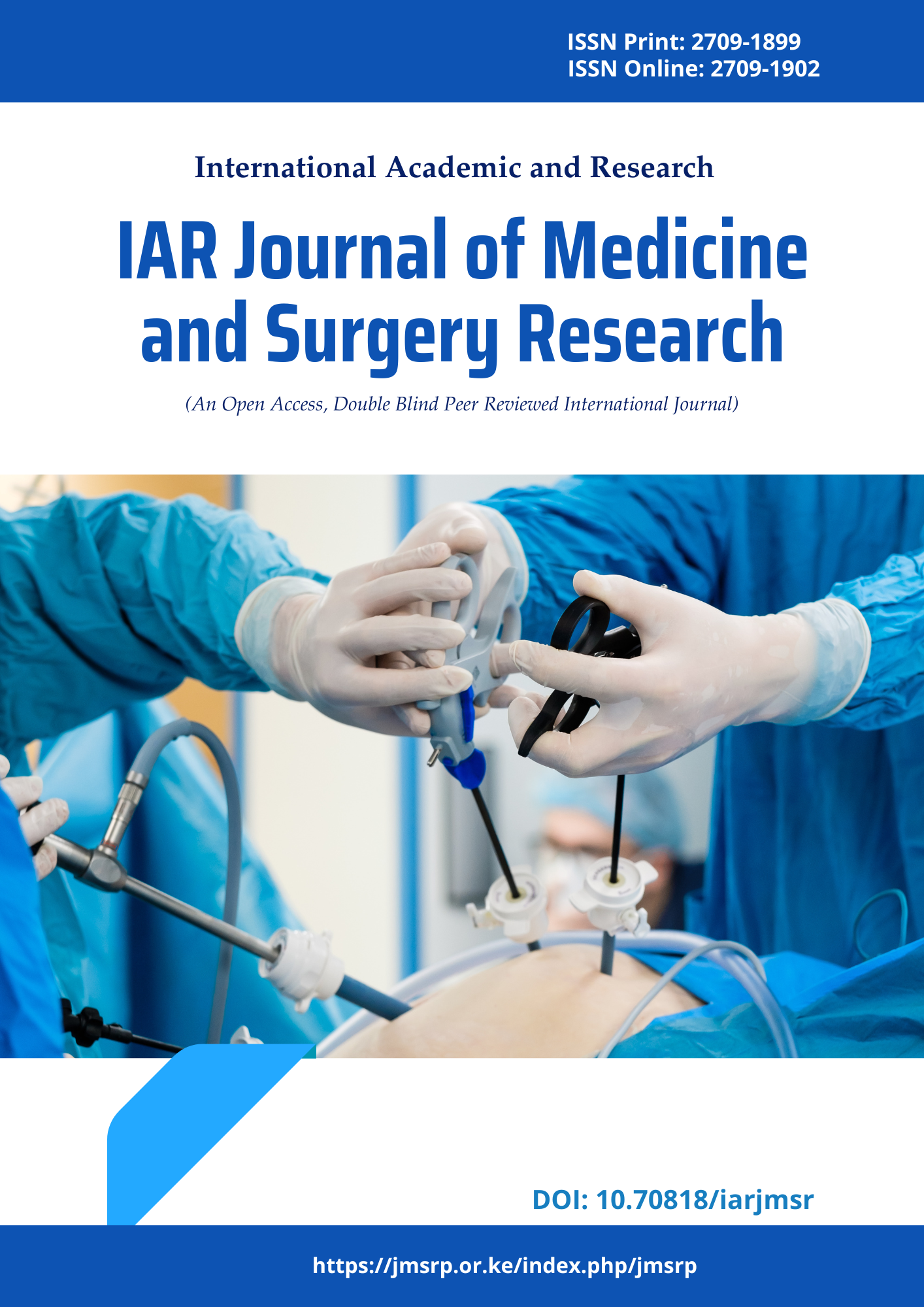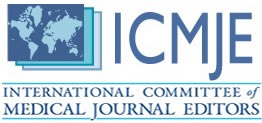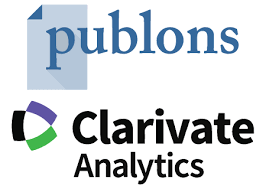
Peer Review Policy
Peer-Review
After passing the initial checks, the manuscript is assigned to at least two independent experts for peer-review. This follows a single-blind review process where the reviewers are aware of the authors’ identities. Peer review comments are confidential and shared with reviewer consent only.
For regular submissions, Associate Editor or Managing Editor invite experts, which may include Editorial Board Members and Guest Editors. Suggestions from the authors for potential reviewers are also considered.
- Fairness: The process should be fair, objective, and impartial.
- Relevant experience: Reviewers should have relevant experience.
- Publicly acceptable: Reviewers should be publicly acceptable.
- Timely: Reviews should be timely.
- Helpful feedback: Reviewers should provide helpful feedback.
Step 2 : Manuscript submitted by registered author will be checked by Managing editor (may be rejected if not full filling the standard research criteria).
Step 3 : Submitted Manuscript will be assigned a manuscript number.
Step 4 : Peer review process will be started and manuscript will be send to two reviewers (manuscript may be rejected if reviewer comments are indicating the poor research quality).
Step 5 : Author/s will receive the manuscript with reviewers comment/s.
Step 6 : Author/s has to submit the revised manuscript to managing editor and manuscript checked by managing editor and one of the reviewers (may be rejected if not satisfying the reviewers queries).
Step 7 : Revised Manuscript will be accepted for publication.
Step 8 : Author/s should submit the manuscript Article processing fee
Step 9 : Galley proof will be formed for the author/s approval and it will be send back to author/s.
Step 10 : Manuscript typesetting and final editing process will be started based on the author/s feedback.
Step 11 : Manuscript will be published after the final approval from the author/s.
- Honing key points
- Identifying errors and holes
- Giving authors constructive feedback and suggestions
- Acting as a filter to ensure that research is properly vetted before publication














